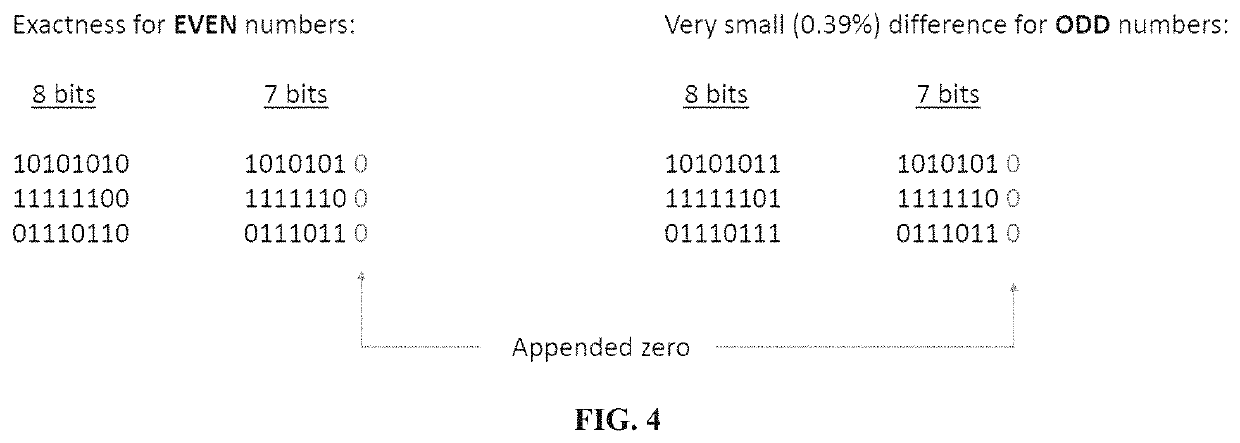Video encoder/decoder (codec) for real-time applications and size/b and width reduction
a video encoder and real-time application technology, applied in the field of image processing, can solve the problems of ineffective training or inducing cyber-sickness feelings of nausea, resolution can be reduced in peripheral vision areas, and the resolution is reduced, so as to enhance real-time interactive displays, improve video transmission bandwidth, and negligible latency
- Summary
- Abstract
- Description
- Claims
- Application Information
AI Technical Summary
Benefits of technology
Problems solved by technology
Method used
Image
Examples
Embodiment Construction
[0020]The present invention provides for a video systems and methods designed for use in real-time interactive display systems, including but not limited to systems incorporating virtual reality (VR), mixed reality (MR), or augmented reality (AR), to optimize video image transmission allowing for increased bandwidth for video image processing without losing perceptible image quality or adding perceptible latency.
[0021]Embodiments of the present invention provide for systems and methods which analyze in real-time spatial and temporal characteristics of pixels within frames of video along with a special technique of analyzing and manipulating color information. Any one or combination of these separate analyses, combined into a single or plurality of systems or methods, produce an encoded data stream which encodes the source images with significantly fewer bits per frame total than the number of bits per frame in the unmodified source video. As a result, the encoded data stream is tran...
PUM
 Login to View More
Login to View More Abstract
Description
Claims
Application Information
 Login to View More
Login to View More - R&D
- Intellectual Property
- Life Sciences
- Materials
- Tech Scout
- Unparalleled Data Quality
- Higher Quality Content
- 60% Fewer Hallucinations
Browse by: Latest US Patents, China's latest patents, Technical Efficacy Thesaurus, Application Domain, Technology Topic, Popular Technical Reports.
© 2025 PatSnap. All rights reserved.Legal|Privacy policy|Modern Slavery Act Transparency Statement|Sitemap|About US| Contact US: help@patsnap.com



